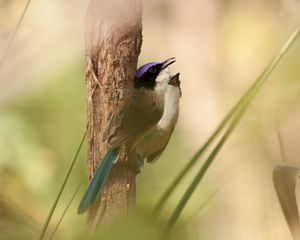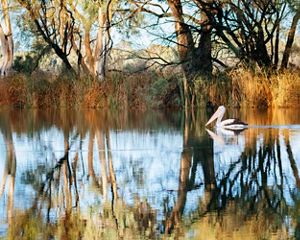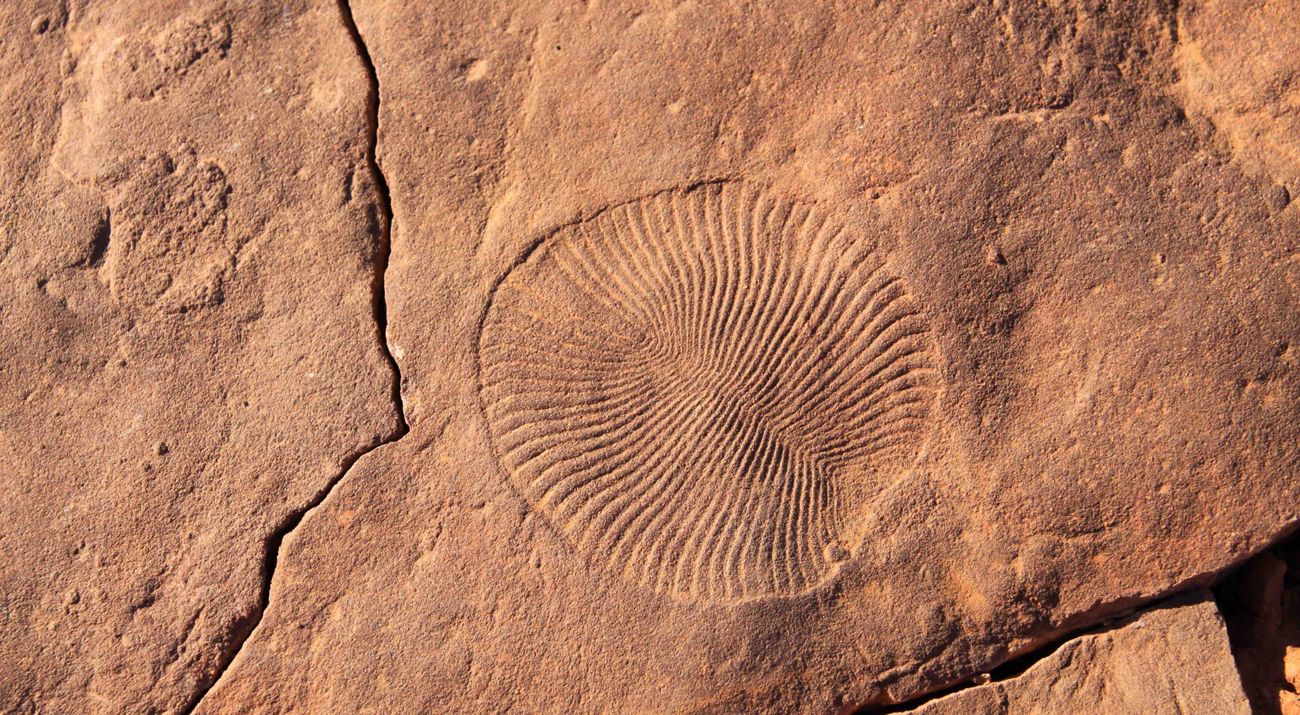
Nilpena is 600 kilometres north of Adelaide in the rocky outback of South Australia. It’s a place of great conservation and historical significance. The vast 60,000-hectare property is home to some of the oldest fossils on Earth. Believed to be more than 550 million years old.
Nilpena contains significant biodiversity values. It includes threatened ecosystems such as River Red Gum woodland and several threatened species including the critically endangered Thick-billed Grasswren.
The Nature Conservancy (TNC) played a key role in the acquisition of Nilpena. And it’s since been added to the South Australian public protected area estate, ensuring its survival for future generations to experience its unique landscape and history.
Quote: Dr James Fitzsimons
The property contains significant biodiversity values including two threatened ecological communities and a number of threatened species. It also covers extremely important sites that contain the oldest fossilised animals on Earth
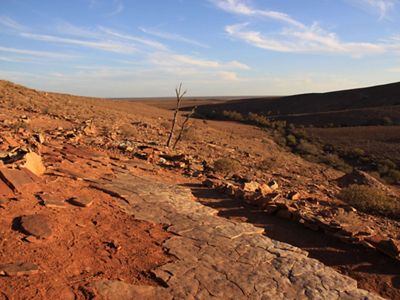
International significance
Nilpena includes the Ediacara Fossil Site, listed on Australia’s National Heritage List. Once beneath the ocean, the fossil site provides insight into our own animal ancestors.
Palaeontologists have excavated 40 fossil beds that preserve snapshots of animal life that first unfolded around 550 million years ago. There is no other place on Earth where this has occurred for fossils of any age.
Nilpena fossil beds preserve marine communities with scores of species. They include evidence of the Earth’s first animals, and the earliest movement and sexual reproduction. NASA has even funded research at the site to learn how life could evolve on other planets.
Diverse ecosystems
The South Australian outback has huge biodiversity value. The landscape of Nilpena is made up of unique ecosystems such as woodlands, low dunes, sand plains and even floodplains. The key ecosystems are river red gum woodlands and mulga low woodlands which are threatened in South Australia.
Older river red gum trees (100 years plus) are crucial for wildlife. Their hollow branches and trunks are great nesting sites and habitat for animals such as insects, bats, birds and mammals.
There is also the potential to reintroduce endangered wildlife to this much-needed oasis. Species like the iconic Greater Bilby, Western Quoll and Brush-tailed Possum.
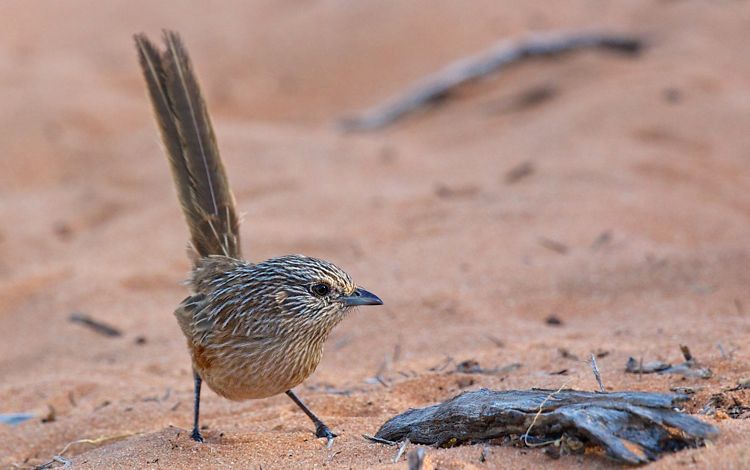
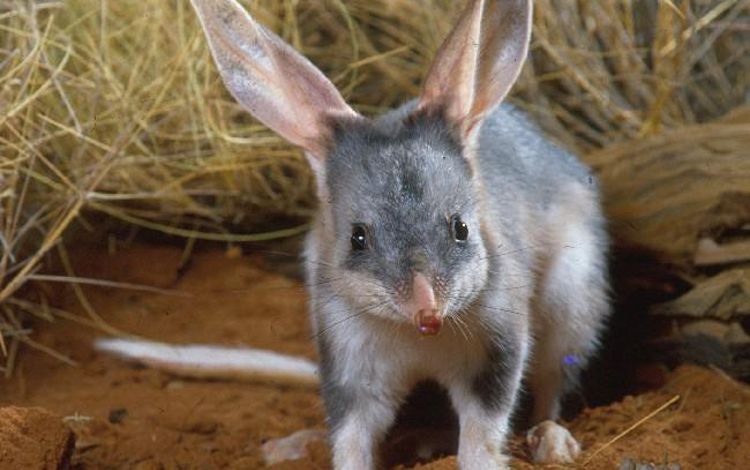
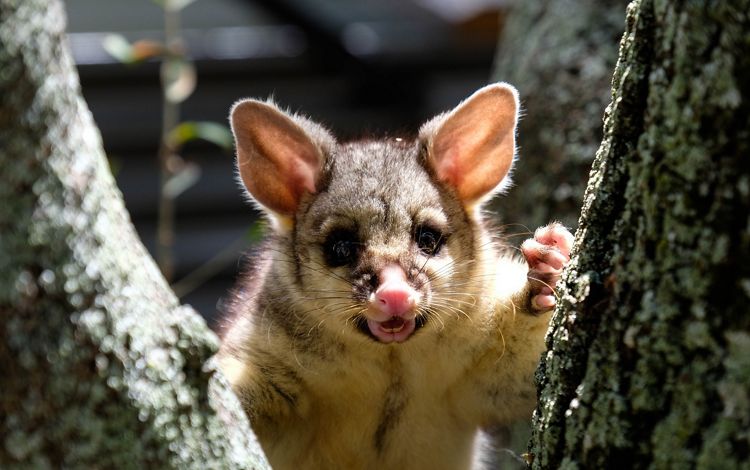
Plans for the future
The acquisition and protection of Nilpena links the Ediacara Fossil Site to the 1.4-million-hectare Lake Torrens National Park. It has recently been proclaimed as the new Nilpena Ediacara National Park – a huge conservation win for TNC and its partners.
Nilpena, as part of the unique Flinders Ranges, is currently on Australia's tentative list for World Heritage. Achieving World Heritage status would ensure it’s protected and recognised as a place of international significance. It brings the site closer to joining iconic places such as Machu Picchu, Yosemite National Park and the Galapagos Islands.
The protection of Nilpena will ensure that practices like land and threat management is in place, to conserve the area for people and nature.
The acquisition of Nilpena was made possible thanks to the ongoing generosity of the Wyss Foundation.
At The Nature Conservancy we’re passionate about ocean, land and wildlife conservation – and we deliver results based on actionable science. Will you stand by us to protect Australia’s precious landscapes?
Help protect more precious habitat like Nilpena
You could help conserve habitat for the Greater Bilby and other threatened species
DONATE NOW